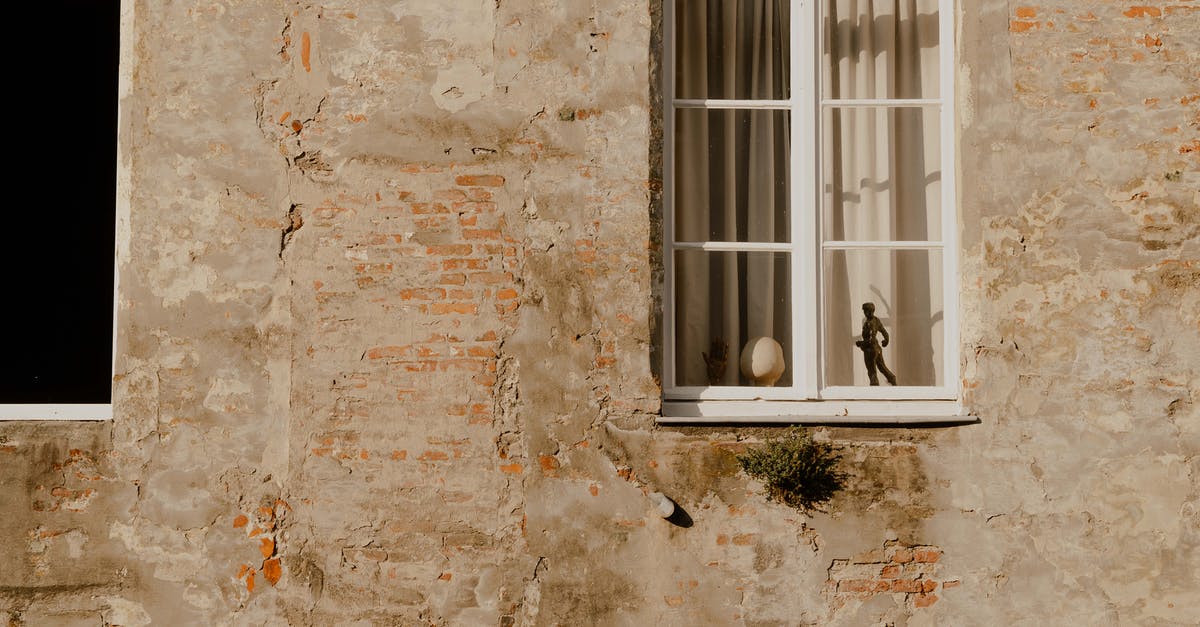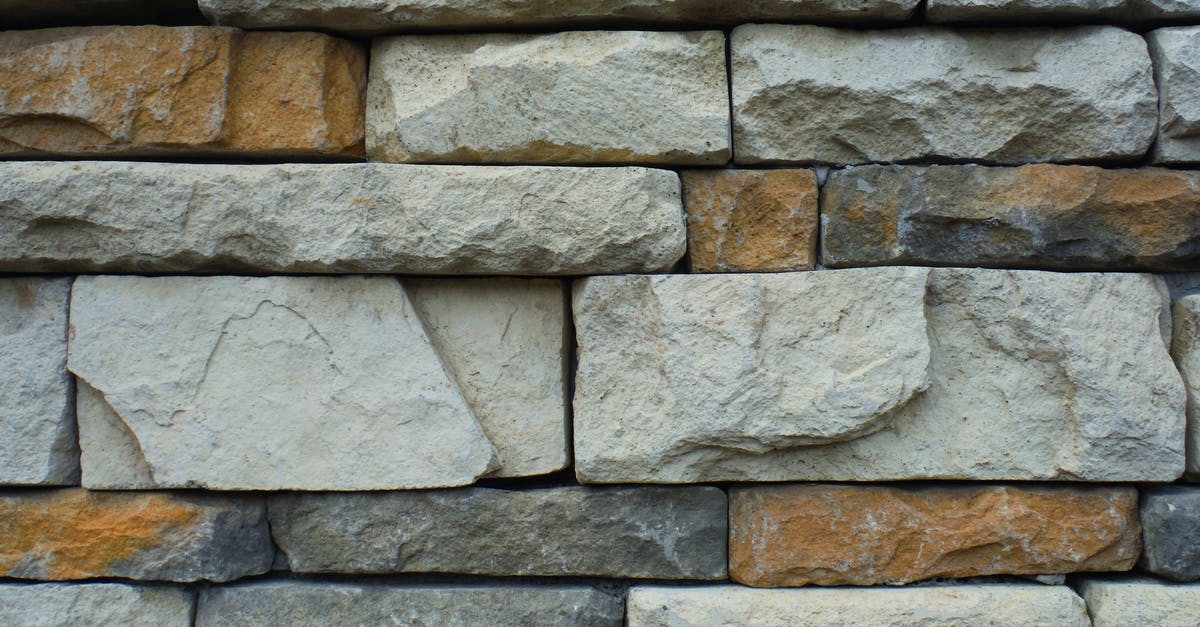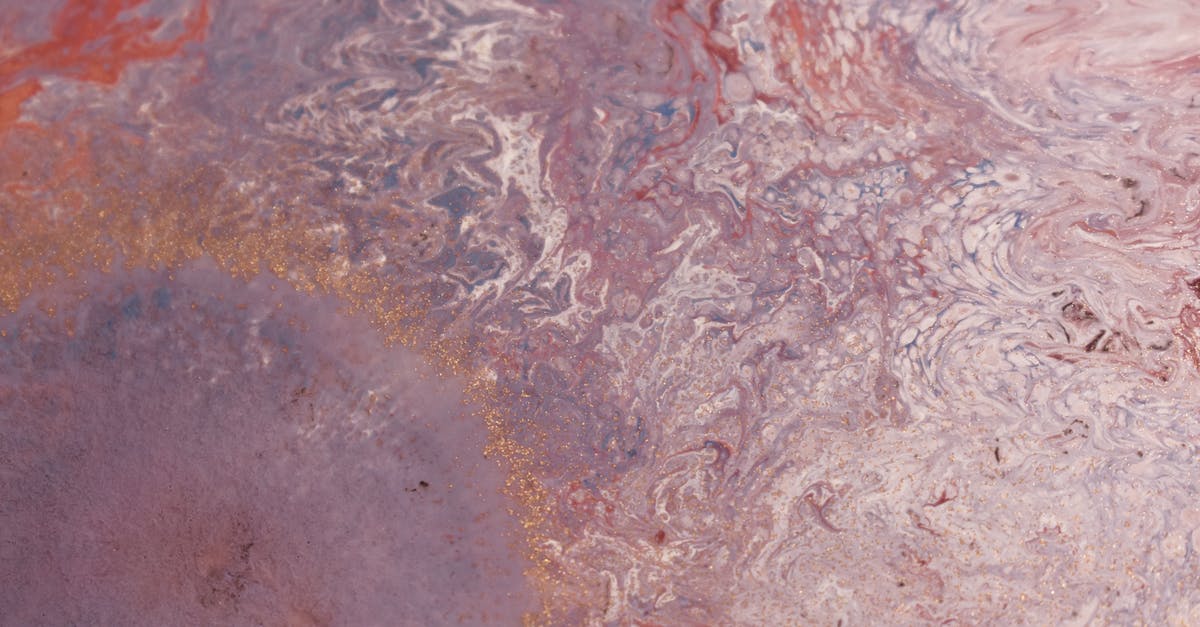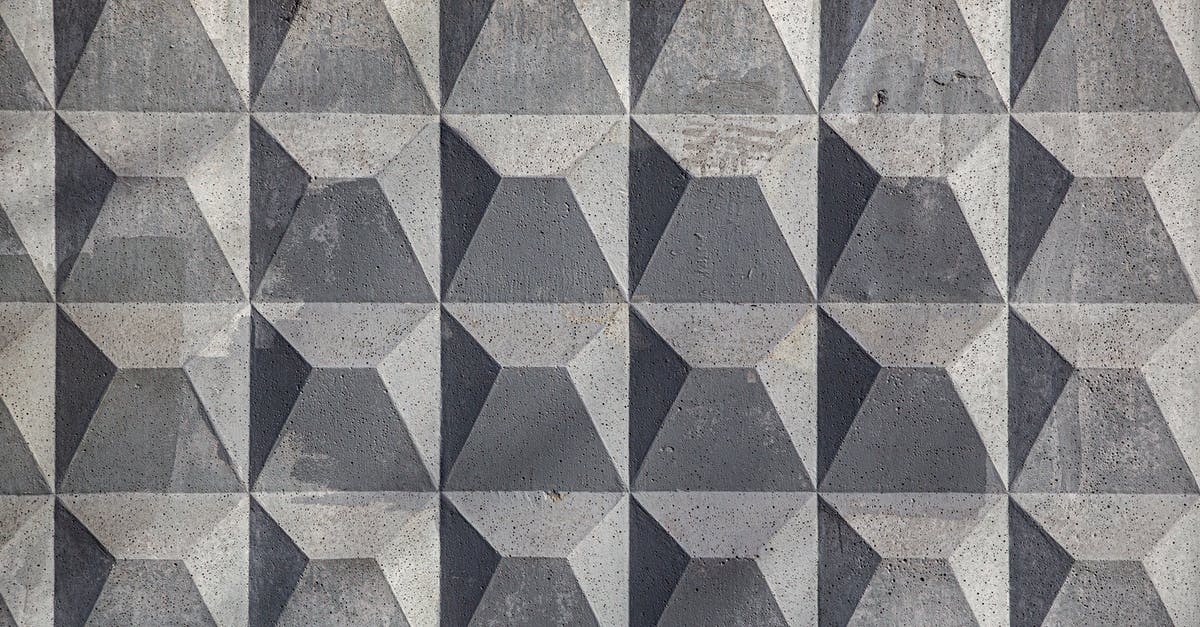How can I make the exterior of my croissants less hard and more flaky?

My croissants look good and they taste fine but they have an extremely flaky/hard exterior, it is like a biscuit even though they are light in weight and have the bee caves inside as supposed. I would like to have the one that is really flaky but not toasted.
I use
- 2 cups of bread flour
- 2.5 tsp active dry yeast
- 2.5 tbsp sugar
- 1.5 tsp salt
- 1.5 tbsp of butter inside the dough
- 1/2 cup of milk
- 1/2 cup of water
I knead it long enough and then I leave it to chill overnight. The next day, I place butter slab, make 3 simple layers with 15 minutes freezing in between, and finally let them chill for the last time for 1 hour plus in refrigerator before I shape them and let them proof for 2 hours at room temperature. I bake them at 400F for 10 minutes and at 370F for another 10 minutes.
Best Answer
this is a technique that might help with the shell issue:
I suspect your croissants are losing humidity during proofing, possibly freezing the butter block, and possibly baking resulting in a harder shell. If you have a humidity controlled proofer and oven, then those parts may not be your problem. Otherwise, read on:
Peter Reinhart in The Bread Baker's Apprentice suggests pouring boiling water in a flat pan/container and placing in the bottom of the oven during the baking (of breads) in order to keep up the humidity. This Link has the recipe published with Peter's permission. Notice how the freezer doesn't come into play (freezer is a dehydrator and pretty good at it, too) although some recipes call the freezing part a must.
Croissants are lighter than bread loafs so they may require a different humidity profile than breads during baking (as noted by commenters). However, for proofing humidity levels should be high and the temperature around 80F or 27C.
To achieve that, for the proofing period keep the dough in a turned-off-oven and turn on the oven light a long with a the boiling water method. This usually prevents 'the skin' formation and a dried out crust. It also helps with getting a better rise during baking. The oven light bumps up the temperature but if you're room temperature is close, don't bother.
You may wish to read this piece on humidity and baking and generally the Maillard Reaction. Here's an excerpt that might explain the problem:
"Under dry oven conditions, the dough will have rapid evaporation of the water from
the exposed surface. This will cause premature formation of a dry inelastic outer shell
on the bread surface"
Pictures about "How can I make the exterior of my croissants less hard and more flaky?"



Quick Answer about "How can I make the exterior of my croissants less hard and more flaky?"
We would advice to put the croissants you do not eat on baking day in the freezer, after they have cooled. For extra flakiness and 'almost as good as freshly baked' you can put them into an oven for about 8 minutes at 175°C / 345°F, straight from the freezer.How do you make croissants not hard?
It makes them edible again. Not only do you now have a warm croissant, microwaves cause bread-like foods to get soggy - but in this case, the moisture makes them nice and soft, as if fresh.How do you make croissants fluffy again?
Preheat it to 300\xb0F/150\xb0C and put the croissant in for 4-5 minutes (or 2-3 minutes in a toaster oven). The croissant will crisp up and the cheese will become nice and gooey again.Why is my croissant dough tough?
Take care to apply very light pressure when rolling over the edge of the dough - you do not want them to become too thin. If the butter block has been incorporated, thin edges will cause the butter to leak out, resulting in tough, low volume croissants.How are croissants so airy?
When the laminated dough bakes, the butter melts and creates steam. This steam lifts the layers apart, leaving us with dozens of flaky airy buttery layers. Just like we do when we make a croissant bread loaf, We're going to laminate the dough 3 times, which will create 81 layers in our croissants.Why I didn't know this method before! Just found the EASIEST way to make croissants!
More answers regarding how can I make the exterior of my croissants less hard and more flaky?
Answer 2
I am not a croissant expert, but it's worth a try.
Do the same thing you have done before but:
- proof the croissants
- chill the croissants for 15min in the freezer
- bake
You can also try to use a lower temperature; I have seen some recipes that call for 15 - 20min at 350F.
Sources: Stack Exchange - This article follows the attribution requirements of Stack Exchange and is licensed under CC BY-SA 3.0.
Images: Berta Raspall, Miguel Á. Padriñán, Dids, Stas Knop
